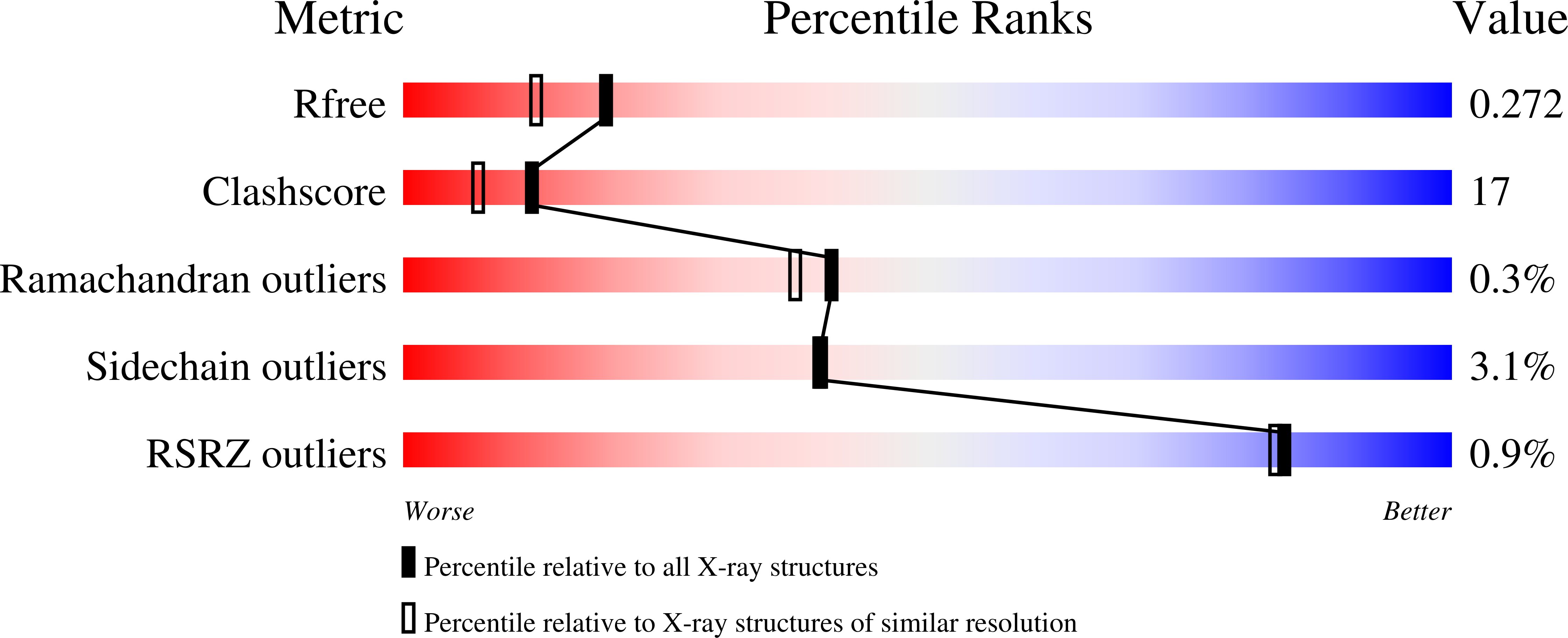
Deposition Date
2006-11-01
Release Date
2007-09-18
Last Version Date
2023-08-30
Entry Detail
PDB ID:
2NRB
Keywords:
Title:
C28S Mutant of Succinyl-CoA:3-Ketoacid CoA Transferase from Pig Heart
Biological Source:
Source Organism:
Sus scrofa (Taxon ID: 9823)
Host Organism:
Method Details:
Experimental Method:
Resolution:
2.00 Å
R-Value Free:
0.27
R-Value Work:
0.22
R-Value Observed:
0.22
Space Group:
P 1 21 1


